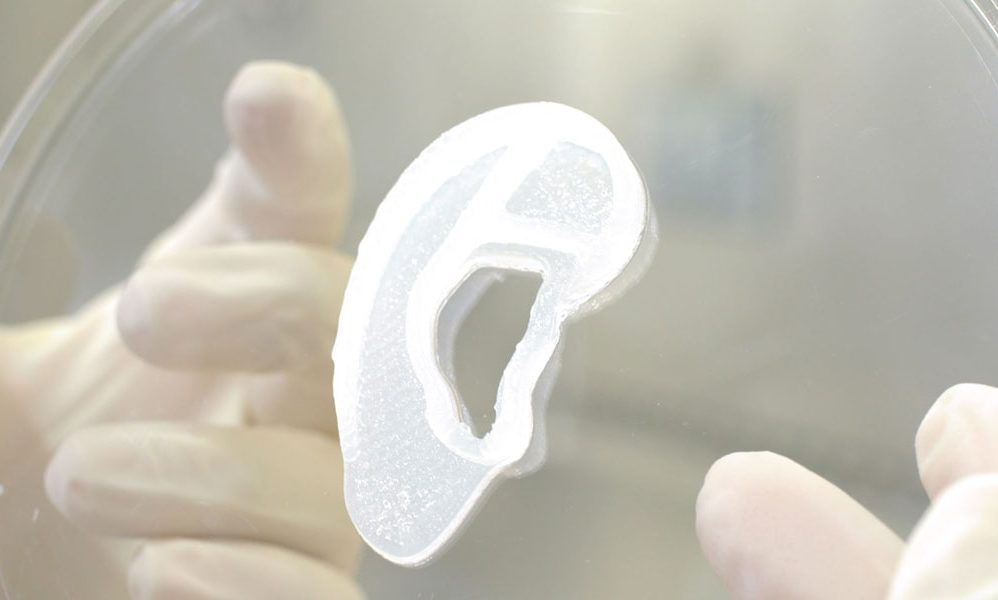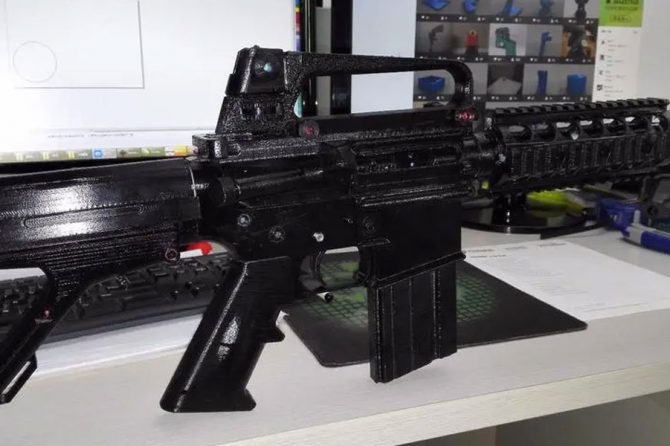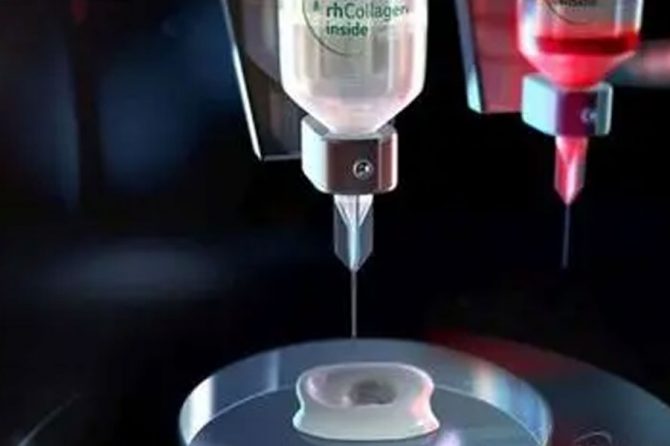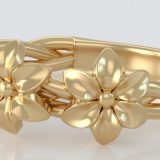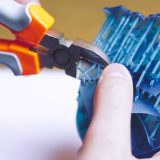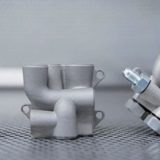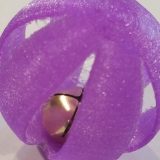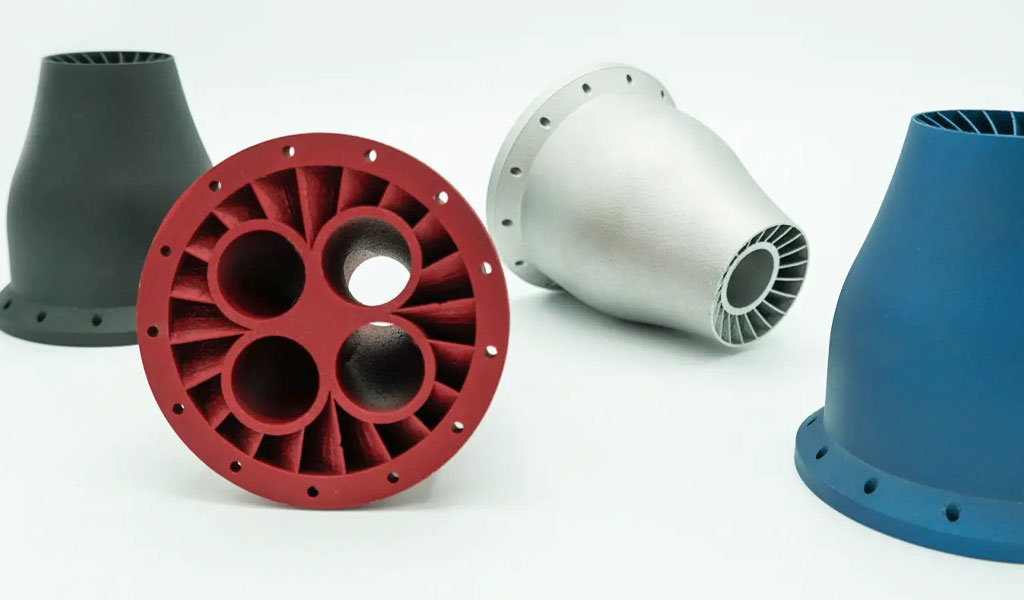A team from the Chinese Academy of Medical Sciences has developed a new type of 3D bioprinting material – double network hydrogel, which greatly improves the toughness, elasticity, rigidity and stretchability of the material. On the 19th, the hospital said that this material is expected to be used in the regeneration of complex elastic tissues such as ear, nose and tracheal cartilage. The 3D bioprinting technology that has emerged in recent years can be used to promote human tissue regeneration and reconstruct living structures. Natural hydrogel has gradually become a 3D bioprinting material due to its good biocompatibility and printability. However, most of this material is brittle and has weak load-bearing capacity, making it difficult to regenerate complex elastic tissues such as ears, nose, and tracheal cartilage.
Now, a team composed of professor Jiang Haiyue, researcher Liu Xia, physicians Wang Di and Zeng Jinshi from the Plastic Surgery Hospital of the Chinese Academy of Medical Sciences has provided a new idea – the application of pure natural polymers methacryloyl gelatin, o-nitrobenzyl Grafted hyaluronic acid and elastin extracted from porcine aorta are mixed to form a double network hydrogel. Test results show that the toughness of this gel is significantly higher than that of natural hydrogel. It has excellent elasticity, stretchability and printability. It can withstand about 80% of compressive deformation without breaking, and can withstand about 170% of strain. It can still return to its original structure after deformation, and it can quickly return to its original shape after repeated mechanical loading 100 times.
The complex elastic tissue printed using it can maintain its integrity and shape for a long time. The team stated that this gel exhibits excellent mechanical properties and has the potential to print complex structures such as ears, noses, and tracheal cartilage, and promote elastic tissue regeneration, and is expected to be widely used. Recently, the research results were published in the international English academic journal “Aggregate”.
Of course, dual network hydrogels also have certain limitations. For example, although toughness and elasticity are enhanced, the stiffness is still insufficient, and the printed biological structure cannot withstand the expected skin tension. The team is taking this as a breakthrough to further research and improve the formula.
Ein Team der Chinesischen Akademie der Medizinischen Wissenschaften wird voraussichtlich Ohr-, Nasen- und Luftröhrenknorpel in 3D drucken
